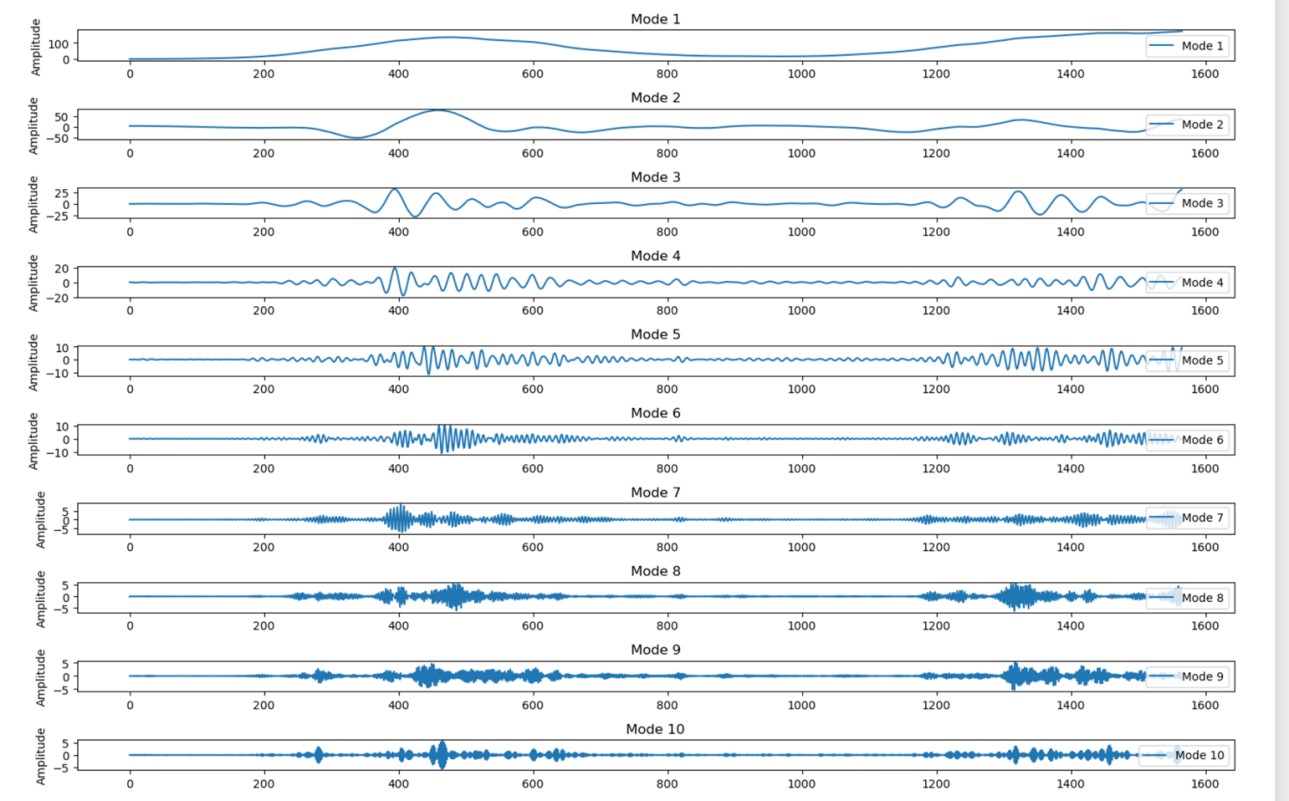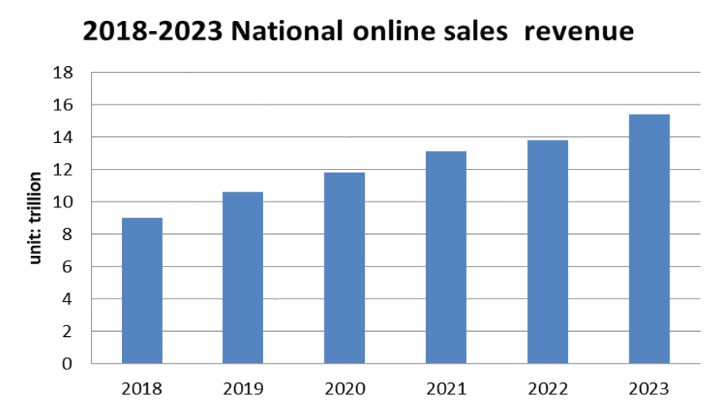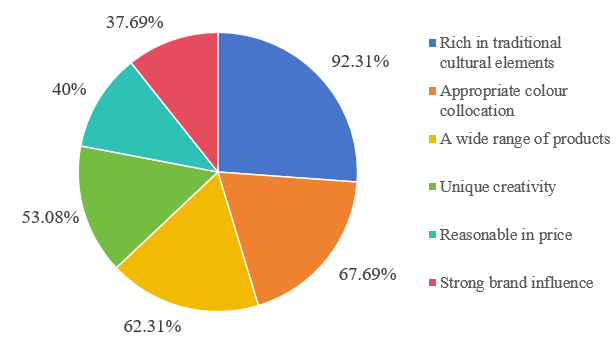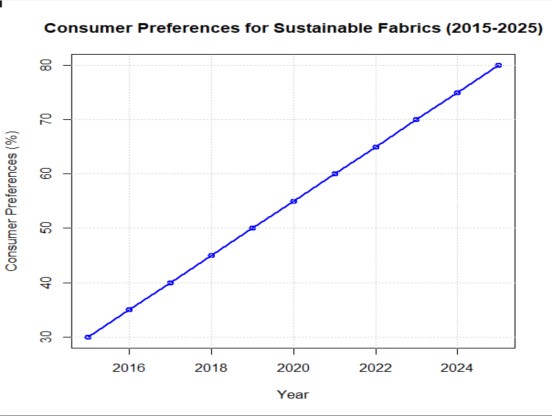

Volume 162
Published on January 2025Volume title: Proceedings of the 4th International Conference on Business and Policy Studies
As the global trend of aging intensifies, the eldercare industry has increasingly captured the focus of societal concern. In my country, the burgeoning elderly population has rendered the issue of eldercare increasingly prominent, while simultaneously presenting the eldercare industry with unparalleled opportunities for growth. This paper aims to conduct a comprehensive analysis of the market status of the eldercare industry and to anticipate its future prospects. The primary focus of this study is to examine and analyze the current business model of China’s eldercare industry and to explore strategies for its sustainable development. Utilizing literature review and case study methodologies, the findings reveal that China’s existing eldercare industry model harbors several areas requiring improvement to ensure sustainable progression. It can be concluded that the eldercare industry in China currently grapples with high costs, a shortage of specialized personnel, inconsistent service standards, and uneven resource distribution. To achieve sustainable development, it is imperative to enhance regulation and standardization, drive innovation in business models, elevate service quality, optimize resource allocation, and foster interdisciplinary collaboration.

 View pdf
View pdf



In this study, a hybrid data decomposition model for predicting the Solana (SOL) price is proposed, integrated by advanced signal processing and machine learning techniques. The model utilizes Variational Mode Decomposition (VMD) to decompose the Solana price series into 10 intrinsic modes, each representing different frequency components of the data. These 10 decomposed modes are then used as features, along with other relevant market factors, including Solana volume, halving index, Solana trend, and Bitcoin closing price. Then, the Bidirectional Long Short-Term Memory (BiLSTM) network is chosen to capture the complex temporal dependencies in these features and forecast future prices. To evaluate the efficacy of the approach, this study compares the hybrid model’s performance with a baseline LSTM model, which uses only raw historical price data. The results demonstrate that the hybrid model outperforms the benchmark model, showing higher predictive accuracy and robustness. A trading simulation for models was then conducted, and the findings indicate a significant potential for the experiment model to function as an effective trading support system, reinforcing its applicability in practical market environments. This work contributes to the field of cryptocurrency price prediction by offering a more sophisticated methodology that combines time series decomposition with deep learning techniques, providing valuable insights for traders and investors.

 View pdf
View pdf


Currently, China and the United States are competing in various fields. Among them, science and technology, especially the field of 5G, is the primary area of competition between the two countries. It not only involves science and technology but also plays a decisive role in national security in the economic, political, military, and other fields. This paper explores whether the China-US 5G competition is economic or security competition from offensive realism. Besides, this paper also examines the role of economic ties and the international community in providing flexibility in the formulation of China-US 5G security strategies. This paper validates the underlying assumptions of offensive realism and supplements the literature that has previously neglected this theoretical perspective and the flexible factors of security competition. These findings suggest that with survival as the goal, great powers continuously take steps to maintain national security and maximize their survival prospects. The research results show that the China-US 5G competition is a broader national security competition based on economic competition.

 View pdf
View pdf



In 2019, Suning Tesco announced the acquisition of 80%of the shares of Carrefour China for RMB 4.3 billion. The mergers and acquisitions marked important measures to further deepen the layout of retail business and expand offline channels. Carrefour China has faced operating difficulties for a long time, while Suning hopes to enhance its competitiveness in the retail industry through mergers and acquisitions to accelerate online and offline integration. Suning completed the acquisition through its subsidiary Suning Commercial Trade, and promised to further invest in Carrefour China, promote its transformation and upgrading, and improve store operation efficiency and supply chain management. In the integration of mergers and acquisitions, Suning plans to use its advantages in big data, logistics and technology to enhance the competitiveness of Carrefour in the Chinese market, and position the Carrefour China as a "offline experience, online shopping" retail platform. For Suning, the acquisition not only enhances its advantages in the traditional retail field, but also promotes the in -depth integration of e -commerce and physical retail; Carrefour China can use Suning's localization experience and e -commerce platform to improve its operations. Status, enhance market share. In general, this M&A has brought synergy effects to both parties and promoted the innovation and transformation of the retail industry.

 View pdf
View pdf


In the face of the trend of consumption downgrading, the purchasing decisions of the middle class regarding real estate have undergone new changes. Existing literature on the housing market and purchasing behavior of the middle class under the trend of consumption downgrading suggests that the purchasing power of the middle class has generally decreased, with many unable to bear the costs of mortgage loans and other housing-related financial burdens. As a result, the number of people purchasing real estate in the future may decrease. Based on existing research and practical needs, this paper summarizes the trends of previous studies through a literature review, pointing out their shortcomings. The paper further explores the decision-making process of the middle class in the context of consumption downgrading and analyzes the reasons for this situation using the Life Cycle Theory and Marriage Market Theory. The goal of this research is to provide policy recommendations for policymakers and reasonable suggestions for middle-class housing consumption decisions. The analysis shows that the middle class tends to rent housing or purchase small-sized properties, and that owning property is an important factor in the marriage market, especially from adulthood to the marriage stage.

 View pdf
View pdf


China has prioritized high-quality development as a key goal in building a socialist modernized country. Currently, regional economic development faces challenges such as blocked factor flows, regional disparities, and environmental degradation, highlighting the need for coordinated economic and environmental progress. This paper explores how digital inclusive finance impacts regional economic development and environmental quality. Using panel data from 31 provinces (2012–2022) and a bidirectional fixed-effect regression model, the study finds that digital inclusive finance drives economic growth through technological innovation and enhances environmental quality via industrial upgrading. This research offers empirical evidence on the role of digital finance in regional development and provides policy insights for promoting green transformation and sustainable growth.

 View pdf
View pdf



With the recovery of tourism industry and the support of national policies, China's cultural and creative industry has developed rapidly. Among them, the Palace Museum cultural and creative products has become a typical case because its great sales popularity, and its diversified product layout is also worth learning from other cultural and creative brands. Through case analysis and questionnaire survey, based on qualitative and quantitative data, this research makes a comprehensive analysis of the diversified product line, market performance and consumer feedback of the Palace Museum cultural and creative products. The study finds that the diversified product layout of the brand is mainly reflected in the three main aspects of diverse product types, creative product design and targeted product launch. This strategy has an important impact on the brand sales, influence, market competitiveness, and consumer loyalty. The results of this research make up for the research gap in the diversified product layout of cultural and creative brands, and provide a new perspective and program for the sustainable development of other cultural and creative brands in China. In the future, the Palace Museum needs to constantly pay attention to the changes in the consumer market and consumer demand, combine with digital technology, and continuously launch new creative products.

 View pdf
View pdf



In the highly competitive fashion industry, fabric modification has become one of the most important strategies for brand differentiation and increasing brand recognition. This study will look into how fabric modification techniques, such as advanced dyeing, texturing, and the use of sustainable materials, can be used to build a distinct brand identity that contributes to improved consumer memory and loyalty. The focus of the study is based on how fabric innovations could give consumers better visual and tactile experiences besides strengthening their ties to whatever brand. To explore the relationships above, the study adopts a qualitative approach by conducting in-depth research in leading fashion brands, such as Burberry, Nike, and Stella McCartney, accompanied by interviews that have been conducted with experts in textile production and marketing. The case studies delineate the different ways through which fabric manipulations relate to consumer perception and loyalty through practical, aesthetic, and functional effects. The findings indicate that fabric innovations do not only increase the aesthetic appeal in fashion products but also play a substantial role in the formation of consumer perception through the creation of emotional links and sensory engagement. Practices in sustainable fabric modification, such as using recycled or biodegradable materials, give a competitive advantage by appealing to environmentally conscious consumers. This research will highlight how fabric innovation can provide an important source of competitive differentiation and congruence with consumer values, rendering actionable insight for designers and marketers in a dynamic marketplace.

 View pdf
View pdf


In contemporary society, globalized trade continues to develop and become the mainstream of economic trade. As an important role in the shipping industry connecting all parts of the shipping industry, the operational efficiency and cost control ability of freight forwarding enterprises are directly related to the competitiveness of foreign trade enterprises. This thesis aims to analyze the role of shipping rate fluctuation and supply chain resilience on the marginal efficiency of freight forwarding enterprises, which is assessed by collecting shipping rate indices and analyzing past literature. It is found that the marginal cost of freight forwarders is more sensitive to the fluctuation of shipping tariffs and fuel costs, and that firms with higher supply chain resilience can effectively mitigate the shock during the period of rising tariffs. While improving efficiency, shipping companies still need to balance the relationship between cost control and environmental sustainability and form closer collaborative relationships with partners to cope with the wave of digitization.

 View pdf
View pdf


Renewable energy has emerged as a crucial solution to address the twin challenges of global climate change and the depletion of traditional energy resources. This study aims to analyze the potential of various renewable energy sources, including solar, wind, hydro, geothermal, and biomass energy, to replace conventional energy systems while mitigating environmental impacts. Through a review of current development status, this paper identifies key challenges, such as technological limitations, high initial costs, policy barriers, and resource intermittency, that hinder the adoption of renewables. Using a mixed-methods approach, including data analysis and case studies from leading renewable energy projects, the research highlights strategies for overcoming these challenges. The findings suggest that integrating innovative technologies, implementing supportive policies, and fostering international collaboration are critical to achieving a sustainable energy future. This paper concludes that while significant hurdles remain, renewable energy holds transformative potential to ensure long-term environmental and energy security.

 View pdf
View pdf




